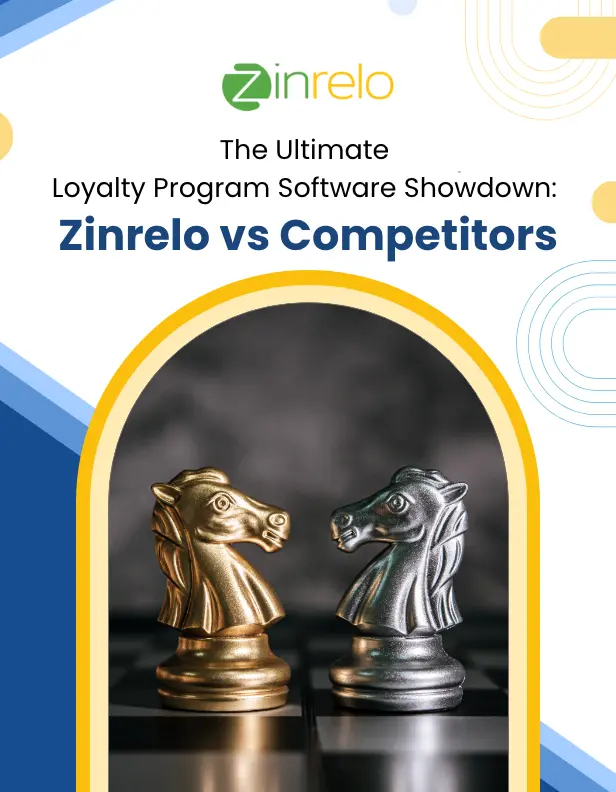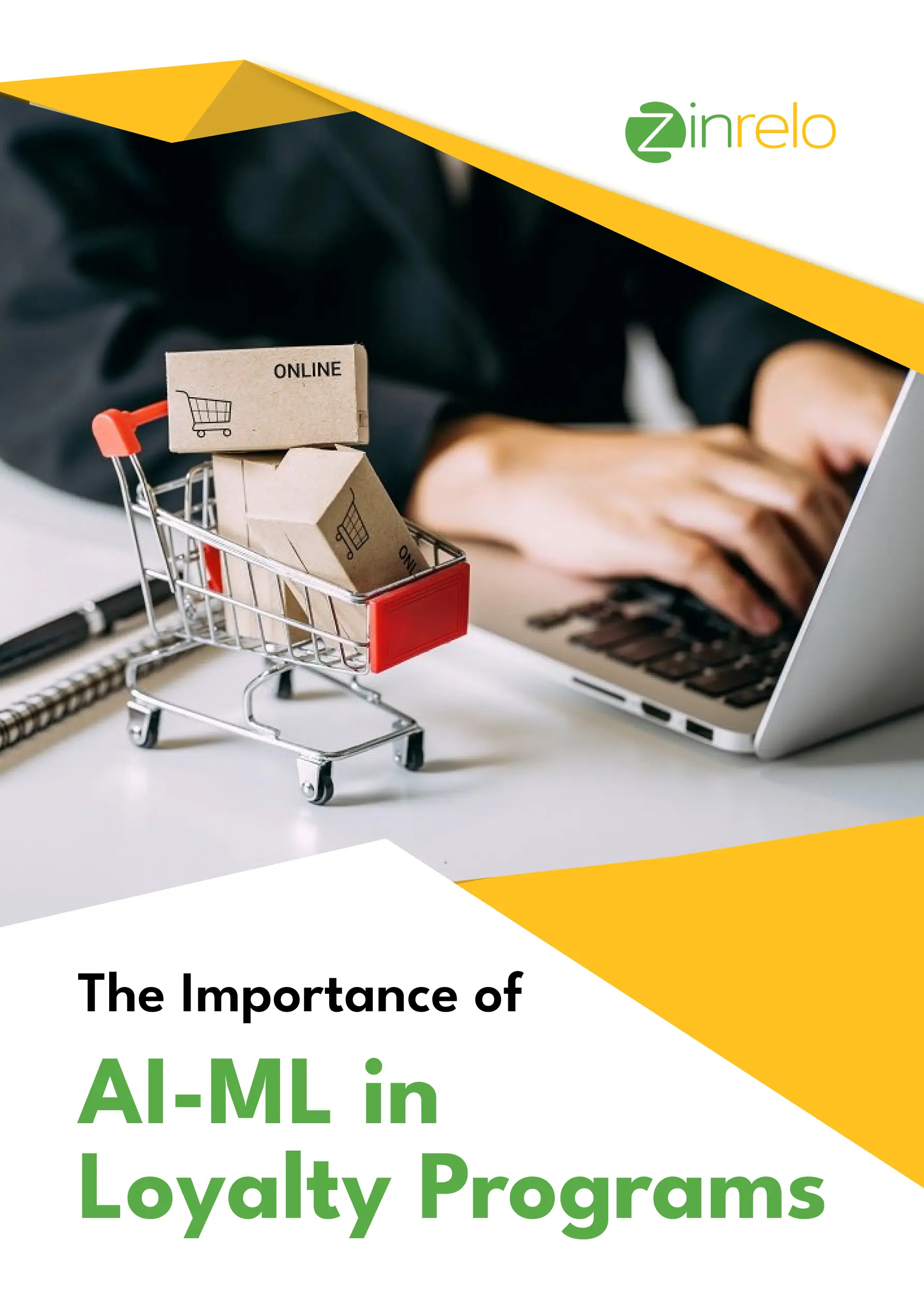The Importance of Budgeting for a Successful Loyalty Program
A well-crafted loyalty program can be a powerful tool for driving customer engagement and fostering long-term relationships. By encouraging repeat business and rewarding customer loyalty, companies can build a strong foundation for sustained growth. However, the success of a loyalty program depends heavily on careful planning and effective budgeting.
This whitepaper is designed to guide you through the process of creating a budget for your loyalty program. It provides detailed insights into the factors that influence costs, the steps needed to plan a sustainable budget, and the best practices for maximizing the return on your investment. Whether you are launching a new loyalty program or optimizing an existing one, this guide offers practical advice to help you achieve your goals.
Table Of Contents
| Chapter 01 | Table of Contents |
| Chapter 02 | Understanding the Importance of Investing in a Loyalty Program |
| Chapter 03 | Factors Affecting the Costs of Loyalty Programs |
| Chapter 04 | Steps in Planning Your Loyalty Program Budget |
| Chapter 05 | Best Practices in Budgeting for Loyalty Programs |
| Chapter 06 | Checklist for Businesses for Loyalty Program Budget |
| Chapter 07 | Next Steps with Zinrelo to Create a Loyalty Program |
| Chapter 08 | Conclusion |
Key Highlights from the Whitepaper
- Strategic Investment: A well-budgeted loyalty program is a strategic investment that fosters long-term customer relationships, enhancing both customer lifetime value and business profitability.
- Cost Factors: Factors like business size, industry, program design, and technology requirements significantly influence the overall cost of a loyalty program.
- Planning & Execution: Careful planning, including estimating predictable and unpredictable costs, is crucial to creating a sustainable and effective loyalty program.
- Best Practices: Implementing best practices, such as aligning the budget with business goals and investing in the right technology, can optimize the efficiency and impact of your loyalty program.
- Real-World Success: Case studies like Coolhorse and Stage 3 Motorsports demonstrate the tangible benefits of a well-planned loyalty program, including increased repeat purchase revenue and customer engagement.

Related Questions
1. Why is budgeting important for a loyalty program?
Budgeting is essential as it ensures that your loyalty program is both impactful and sustainable, allowing you to allocate resources effectively to achieve your business goals.
2. What factors should I consider when budgeting for a loyalty program?
Key factors include business size, industry, program design, technology costs, marketing, and ongoing operational expenses.
3. How can a loyalty program increase customer lifetime value?
A loyalty program incentivizes repeat purchases and deeper engagement, which increases the overall value each customer brings over their relationship with your business.
4. What are some best practices in loyalty program budgeting?
Best practices include aligning your budget with business goals, ensuring flexibility to adapt to market changes, and investing in technology that enhances program efficiency.
5. How do real-world examples demonstrate the effectiveness of loyalty programs?
Case studies like those of Coolhorse and Stage 3 Motorsports highlight how well-implemented loyalty programs can drive significant business growth through increased customer retention and repeat purchases.





